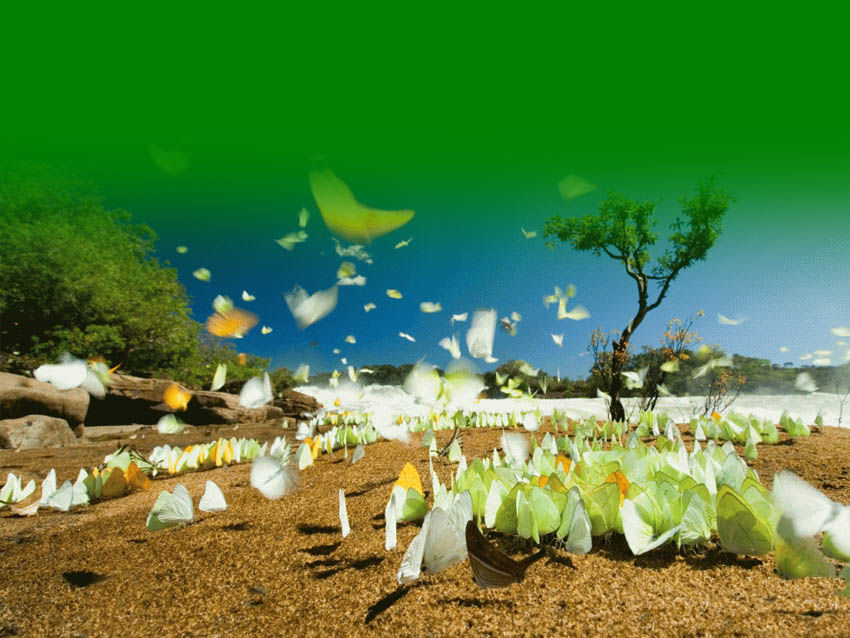






 Sri Lanka Facts
Sri Lanka Facts


Sri Lanka has a highly diverse and rich dragonfly and damselfly fauna which consists of 117 different species belonging to 12 families and 67 genera. Of this, 27 genera and an astonishing 52 species are endemic to the island or found no where else in the world. Many species of Dragonflies recorded in Sri Lanka are also found in other parts of Asia. These fascinating insects are seen almost throughout the year albeit many kinds have specific high activity times.
Zoologically speaking the Dragonflies are insects belonging to the order Odonata, the suborder Epiprocta or, in the strict sense, the infraorder Anisoptera. It is characterized by large multifaceted or compound eyes, two pairs of strong transparent wings and an elongated body. Dragonflies are similar to the closely related Damselflies, but the adults can be differentiated by the fact that the wings of most dragonflies are held away from, and perpendicular to the body when at rest. Dragonflies like any other insect posses six legs, but most of them are incapable of walking well. Dragonflies are some of the fastest insects in the world.
Dragonflies are voracious predators in the larval form as well as the winged adult. They feed on mosquitoes and other insects like flies, bees, ants and very rarely butterflies. They are usually found around lakes, ponds, streams and other wetlands including paddy fields because their larvae, known as ‘nymphs’ are aquatic. Most species are seen as solitary individuals or in pairs during mating, although a few species occasionally occur in swarms. Dragonflies watching might be difficult at the first instance but with some practice and patience it becomes easier. Their varicolored appearance and awesome flight skills attract instant attention of nature lovers.
Damselflies suborder Zygoptera , typically being smaller than dragonflies, are sometimes confused with newly moulted dragonflies. However, once a dragonfly moults, it is already fully grown. There are other distinctions that set them apart: most damselflies hold their wings at rest together above the torso or held slightly open above such as in the family Lestidae , whereas most dragonflies at rest hold their wings perpendicular to their body, horizontally or occasionally slightly down and forward. Also, the back wing of the dragonfly broadens near the base, caudal to the connecting point at the body, while the back wing of the damselfly is similar to the front wing. The eyes on a damselfly are apart; in most dragonflies the eyes touch.
In the Dragonflies, adult females and males look very different, the males most of the times being more conspicuous and brightly coloured while females are paler. However, the newly emerged and immature males often resembles paler females in colouration. The wing venation is not sex dependent.
